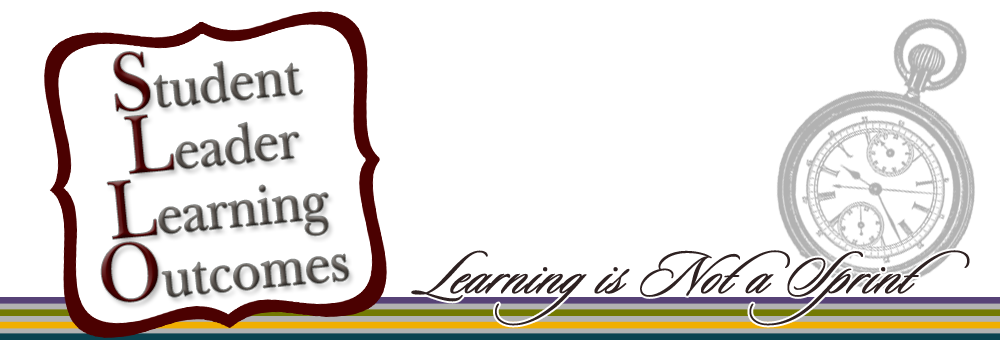I like to consider myself a very intrinsically motivated
individual. I’m the first to admit,
however, that sometimes I get tired.
Tired of feeling like I’m beating my head against the wall… Tired of
feeling like the students just aren’t
quite getting it… Tired of consecutive late nights at work…just tired. But then every once in a while, out of the
blue, someone pops back into my life for 5 minutes, an hour, or as a new
colleague, and reminds me why it’s all worth it.
The latest instance of that happened for me the weekend of
graduation. Knowing that thousands of
people were going to be heading straight for campus, I very strategically chose
to drive in the opposite direction and ran all of my errands that stayed outside
a very intentional radius distance away from Reed Arena. Nevertheless, as I was filling up my car at
the gas station, a friendly but clearly lost woman stopped and asked me to
point her toward Reed and all the festivities.
After a short conversation with her which involved a lot of pointing on
my part and some near hysterical laughter on hers, I turned back to my car…only
to be interrupted once again. This
interruption, however, turned out to be one of my former students who graduated
over 4 years ago!
There was a great deal of laughing and hugging and quick
catching up (I imagine the other people in line at the Kroger station were
ready for me to fill up my car already), but one of the comments that he made
in passing changed my entire weekend. After
answering all of my questions about his life that Facebook hadn’t been able to
keep me apprised of, he looked over and said, “I just have to tell you, I use
the skills we learned in those advisor time activities every day in my
job…especially using my Strengths to work with my team!” That, naturally,
earned him yet another hug.
As I reflected on his quick comment later in the day (and
for the rest of the weekend), it occurred to me that moments like that are what
make it worth pushing through the tired and not just dropping those items off of
the meeting agenda as life gets busier and the major event gets closer. He didn’t once mention the conference we
spent a year planning together with the other members of his team, or the
specific duties of his job…it was the supplemental activities that stuck with
him. I would imagine that his was just
an off-handed comment in a quick interaction, but the ripples made a
difference. So, thanks to all the former
students everywhere who take the 5, 10, or 60 minutes to drop back by and tell
your former advisor what’s going on in your world. And, to all my future students, thank them
for the fact that you, too, are going to continue to be supplemented with
advisor time activities…and one day you might appreciate it!
- Sarah Edwards









